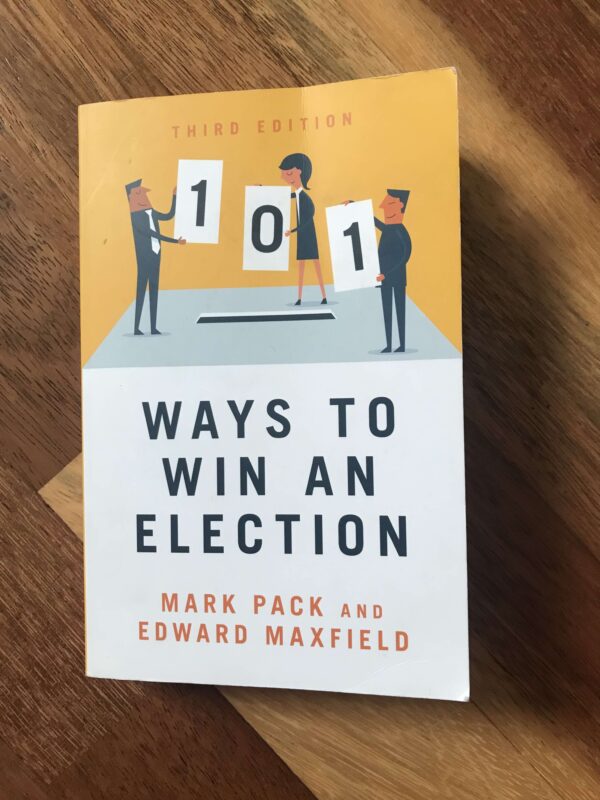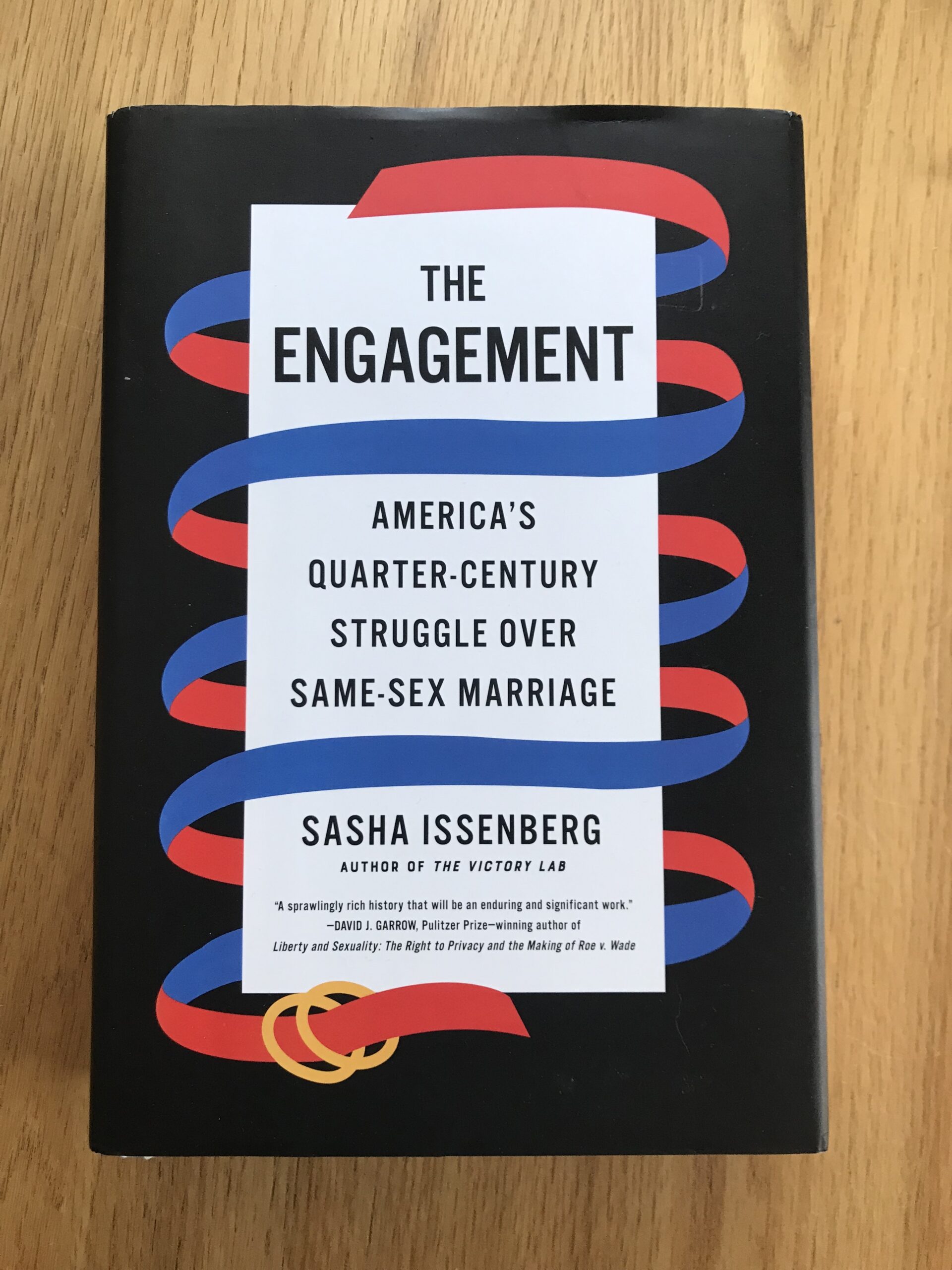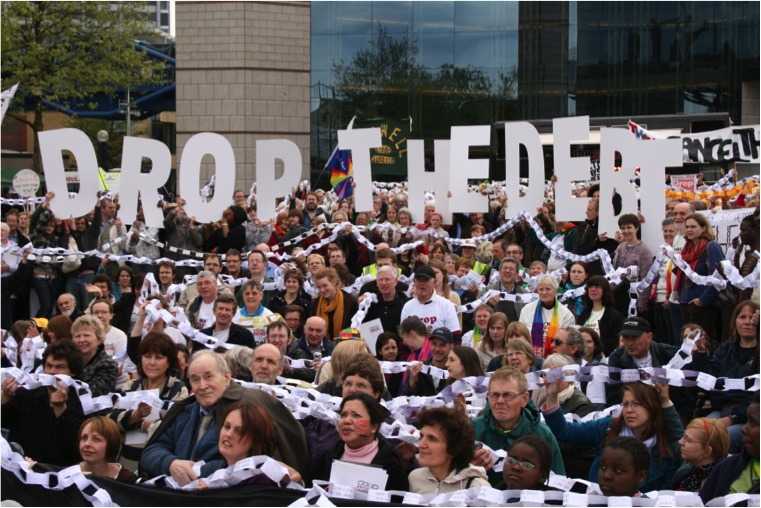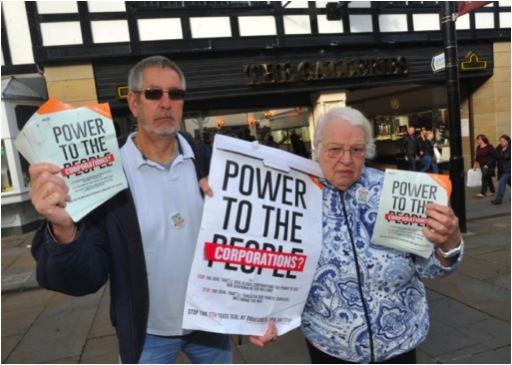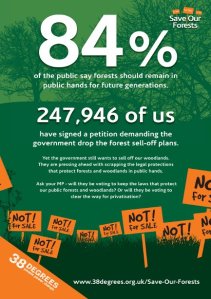They say that you shouldn’t “judge a book by its cover”, well in the case of ‘101 Ways to Win An Election‘by Mark Pack and Edward Maxfield it’s advice I’d give about the title.
This isn’t just a book about how to win the election – although it’s full of that from two experienced political campaigners if you’re looking for it – but it’s also got some great tips for anyone about how to win campaigns.
Some of the early chapters on strategy and messaging have some brilliant lessons that all campaigners would do well to remember.
Reading it was a refresher into some simple and timeless truths for all campaigners. Here are my top 10;
- Have a strategy that is written down – create a strategy by making choices, about what you’re going to do – and also what you’re not going to do as well. Write it down. Ensure it has a purpose – the change you are looking to achieve, and a plan to achieve it. Ensure that your plan is plausible and that you can trace how that sequence of events could happen.
- Remember most of the time your audience isn’t paying any attention to what you’re talking about – your audience lives busy lives, and they’re often largely disconnected from the issues that you’re passionate about. You only have a brief moment to intrude on their lives and make your point to them. Ensure that you have a simple and emotionally compelling message.
- Avoid being a missionary or a martyr – A missionary is someone so full of campaigning zeal they fail to see how far their own priorities are from those they’re looking to engage, while a martyr is someone who believes the electorate is wholly wrong for not holding their own position. Sometimes we can be guilty of falling into either trap.
- Remember most of the time your audience isn’t paying any attention to what you’re talking about – normal people don’t spend most of their time thinking about politics. The repetition of your message is OK. Appeal to the emotional as well as rational mind. Detailed evidence-based slide decks will only get you so far.
- You don’t win people over to your cause by attacking them – so look to build common ground, and always give someone a path of retreat to look good if they change their mind.
- Be flexible – remember the old adage that “no battle plan survives contact with the enemy“. Always be ready to adjust your plans.
- Build a team – however efficient and effective you are, you only have 24 hours in a day. Teams mean more people getting more work done, and different perspectives to help to make better decisions.
- Remember you are not your audience – firstly, they do not pay as much attention to politics as you (are you spotting this as a theme!). Invest resources in developing an understanding of what they think and why.
- Follow media coverage of what’s happening around you – your campaign doesn’t exist in a vacuum, but when you’re busy it can be easy to stop paying attention to what else is happening. Monitoring the media can help you spot new opportunities or avoid avoidable challenges.
- Borrow from other fields – look at how other successful campaigners campaign, but don’t stop there. Learn, adapt – and succeed from reviewing what others do.
